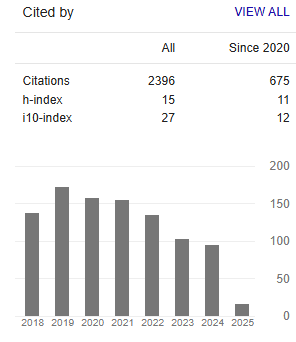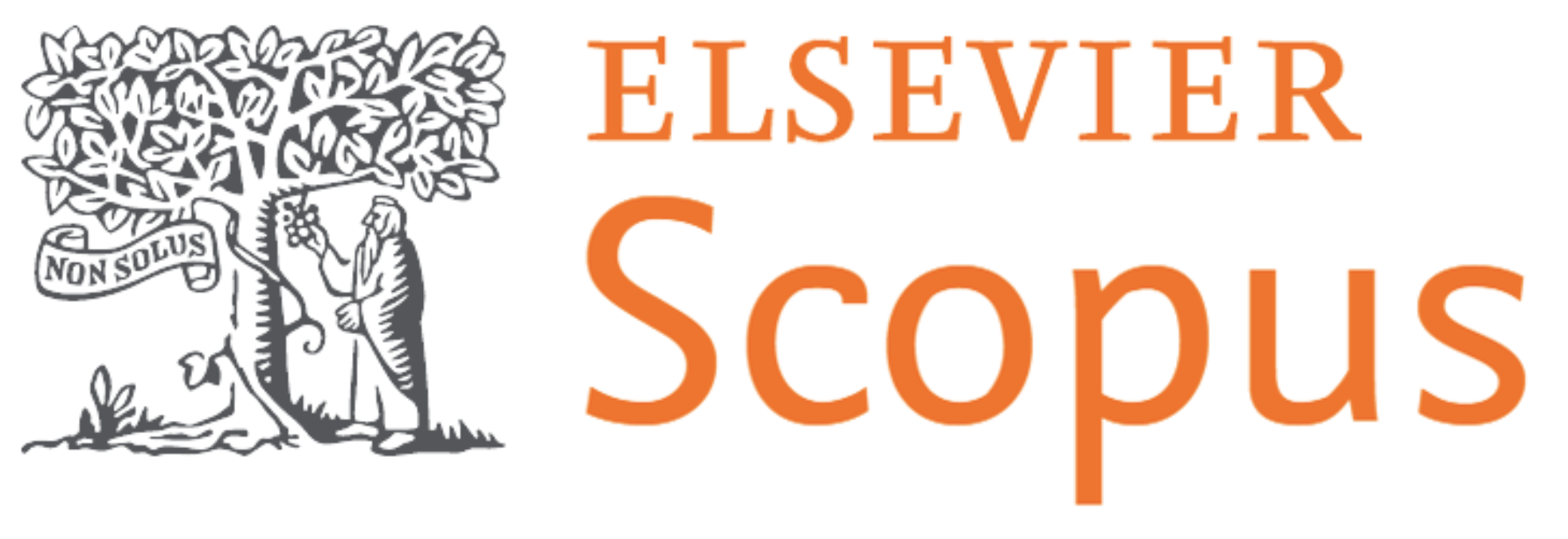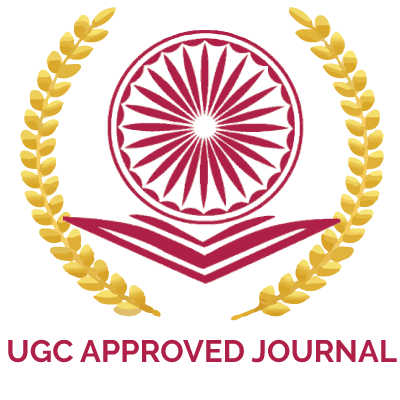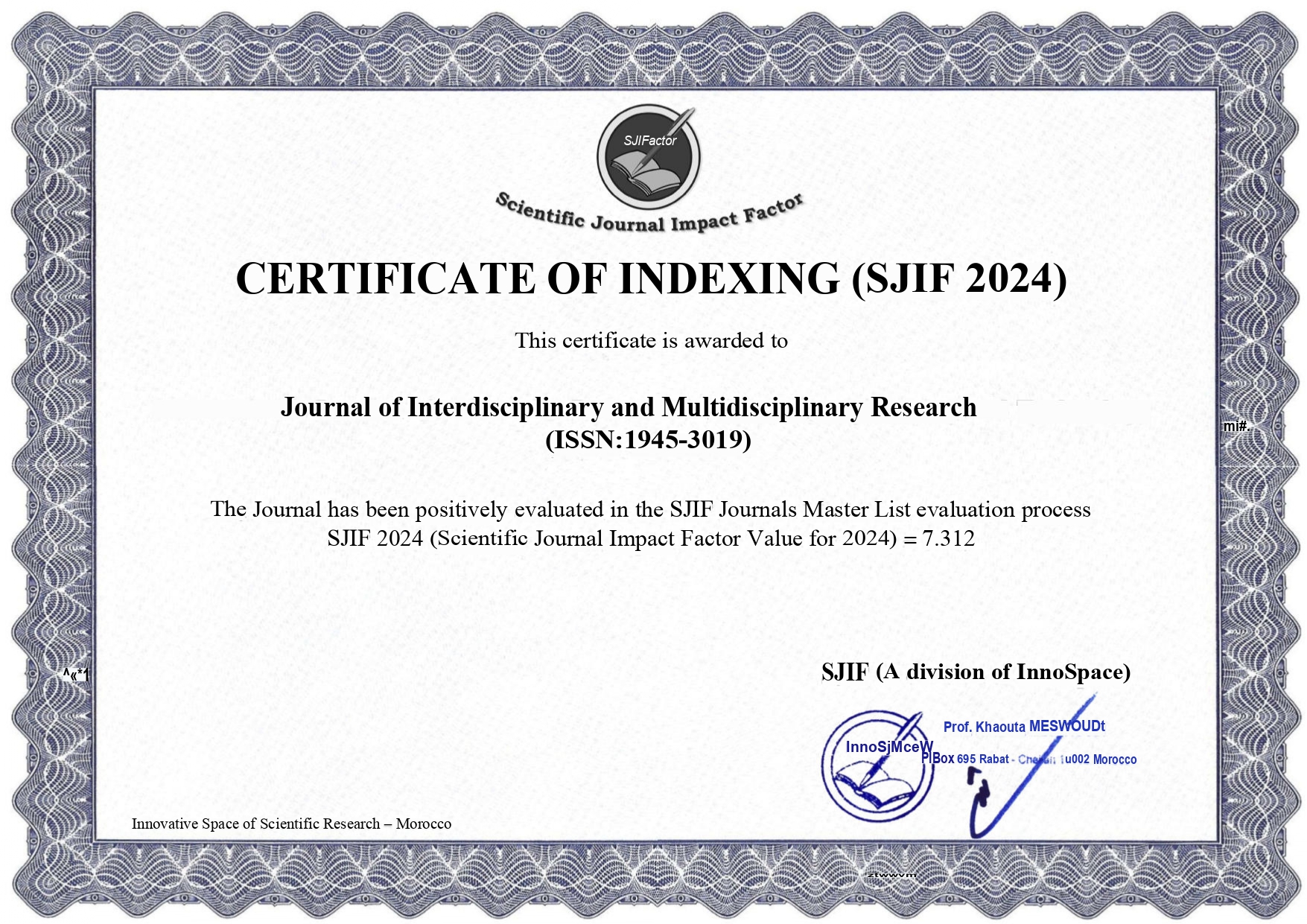Assessment of Diet and Anaemia status among Adolescent girls in Urban Bangalore
Keywords:
Adolescent Anemia, Dietary Intake, Urban India, Nutritional StatusAbstract
Adolescence (10-19 years age) are considered vulnerable to anaemia because of increased iron requirements related to rapid growth and menstrual loss which severely impairs the physical and mental development. Hence, the health of adolescent girls demands special attention. The objective of this study was to assess diet profile of adolescent girls in urban Bangalore. To determine anaemia status in the same was another objective.The present study was a cross-sectional study conducted from June 2014 to November 2014 in girl's schools and preuniversity colleges in urban Bangalore. Data was collected from 370 adolescent girls, aged between 10-19 years, on diet using 24 hour dietary recall method and anaemia status was assessed by dietary iron content (as per National Institute of Nutrition 2010 dietary guidelines), anthropometric measurements and relevant clinical examination. Data was analysed with SPSS, version 22.0.Dietary inadequacy of iron was found in 69% girls and 35.9% girls were underweight. Clinical signs and ill effects of anemia were common, especially pallor(44.7%) and fatigue (78.1%). Significant association was found between dietary inadequacy of iron and presence of pallor (p<0.05). Consumption of tea and coffee was high(76.1%)and diets were inadequate in fruits, vegetables and milk products.Nutritional anaemia found to be prevalent even in adolescent girls who are literate and have access to nutritive diet in a good and healthy environment. Improvement of overall nutritional status of adolescents is needed.Published
2025-01-28
Issue
Section
Articles






